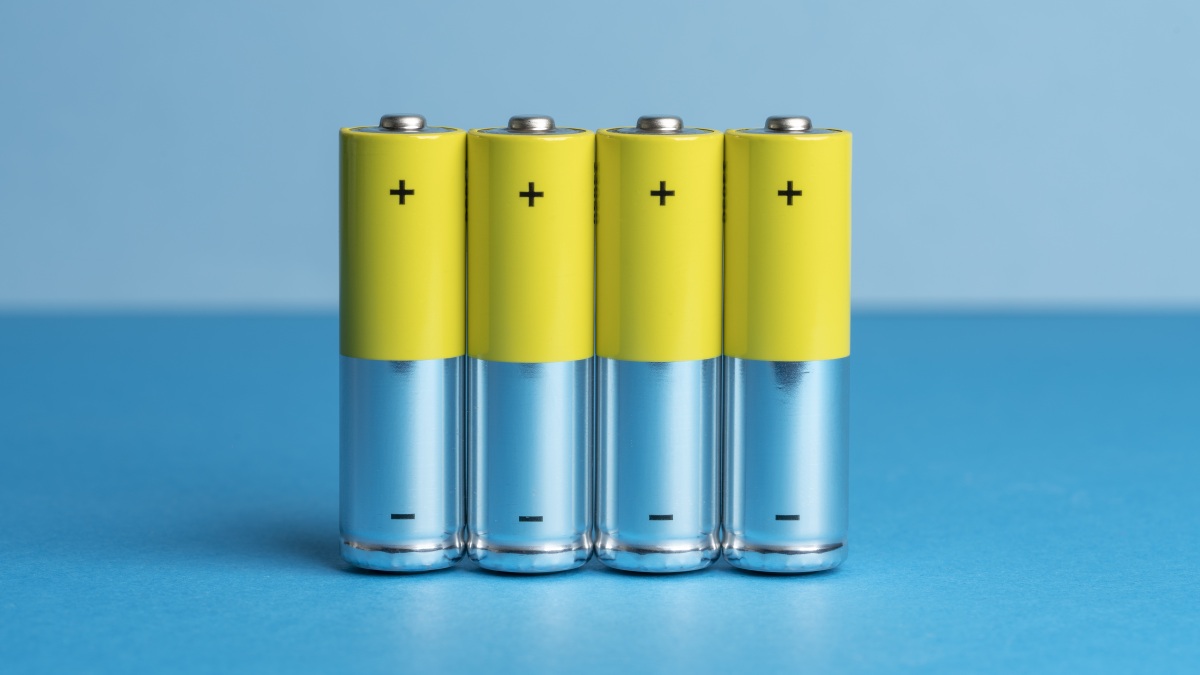
Lithium-ion batteries need lithium, obviously, but for now they also need cobalt. Commercial lithium-ion batteries all have large amounts of cobalt in them, making it one of the most expensive and resource-strained battery materials.
A team of Japanese researchers has shown it’s possible to make efficient lithium-ion batteries without cobalt. They claim their new recipe competes with and even outperforms commercial lithium-ion batteries in some metrics.
“There are many reasons we want to transition away from using cobalt to improve lithium-ion batteries,” says Professor Atsuo Yamada, a researcher at the University of Tokyo’s Department of Chemical System Engineering, and co-author on a paper published in Nature Sustainability.
Aside from its fluctuating price, much of the world’s cobalt is mined in the Democratic Republic of the Congo, where the practice has caused significant environmental problems and raised concerns about child labour, although production is increasing rapidly in other places, including Australia.
“For us the challenge is a technical one, but its impact could be environmental, economic, social and technological,” says Yamada.
“We are pleased to report a new alternative to cobalt by using a novel combination of elements in the electrodes, including lithium, nickel, manganese, silicon and oxygen — all far more common and less problematic elements to produce and work with.”
Cobalt is used in the cathode of lithium-ion batteries: the part that accepts electrons. But to remove it and keep the battery operating well, other parts of the battery like the electrolyte (which electrons move through) also need to be changed.
Yamada and colleagues’ new experimental battery is 60% more energy-dense than commercial batteries, and more powerful: delivering 4.4 volts, compared to less than 4 for most commercial batteries.
Their new test batteries lost only 20% of their capacity after fully charging and discharging for more than 1,000 cycles (representing 3 years of daily discharging).
“We are delighted with the results so far, but getting here was not without its challenges. It was a struggle trying to suppress various undesirable reactions that were taking place in early versions of our new battery chemistries which could have drastically reduced the longevity of the batteries,” says Yamada.
“And we still have some way to go, as there are lingering minor reactions to mitigate in order to improve the safety and longevity even further. At present, we are confident that this research will lead to improved batteries for many applications, but some, where extreme durability and lifespan are required, might not be satisfied just yet.”
